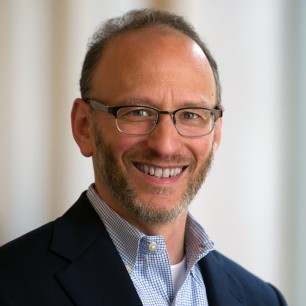Over the past several years, I have picked apart numbers and explained the malleable nature of data. Not the data, specifically, but how it is interpreted. And like most everything else in life, how we interpret and report data reflects our expectations and desires. So, if we are thrilled to find $4.00/gallon gasoline, it is because we have become conditioned to national averages exceeding $4.50. And yet at the same time we may be disappointed at each visit to the pump because the average price per gallon was about $1.50 less last year at this time.
These functions of how we view and interpret data can take form when we examine issues like broadband adoption and digital inclusion. Last week, NTIA published an article describing “enduring barriers” in closing the digital divide, while last year NTCA took a more sanguine view in a Smart Rural Community report on the issue. NTCA relied extensively upon data developed by Pew Research, while NTIA relied on a survey the Federal agency conducted last year. The data sets are mostly consistent with each other, varying by about 2 percentage points across various categories. In fact, NTIA data portrays more positive results in some categories than reports relied upon by NTCA. So, what accounts for the different takeaways?
By way of introduction, the Smart Rural Community (SRC) report examined broadband usage data based on age, race, household income, and educational attainment. These data reflected both home broadband usage and “all” (i.e., including mobile) broadband usage. In most instances, the data collections covered a 20-year span. All findings indicated that gaps in broadband adoption are closing, even if at varying rates among different demographic groups. Stated differently, usage rates are increasing across the board, Age-related gaps are narrowing and can be expected to effectively close over time. Varying adoption rates among different racial demographics are narrowing, as well, and while home broadband adoption rates reveal room for growth, all groups are exhibiting upward-trending rates of adoption. The widest gaps in broadband usage rates persist between different levels of household income and educational attainment. At first blush, educational attainment may be viewed as linked to household income since numerous studies demonstrate positive correlations between educational attainment and earnings. But there are indicators that suggest additional impacts of educational attainment, beyond household income, affect broadband usage rates.
So if the gaps are closing, and if the different data sources reveal similar positive trends, then what explains the different perspectives of the various parties?
Last fall, I shared results of U.S. Census and other data and characterized it at as “glass half full, and work to be done.” Viewing broadband usage trends through the lens of the service provider industry, I am encouraged, if not excited, to see year-on-year increases in every measured demographic. I view these in light of and as a result of (1) continuing deployment of advanced networks by rural providers and (2) growing demand, nationally, for broadband. That’s the glass half full. And the “work to be done?” We’re doing that, too.
The aforementioned SRC report presented usage trends and explained specific use-cases for rural spaces. Since its publication, NTCA has hosted webinar programming to explore adoption and inclusion in Tribal and low-income communities and also created a Digital Inclusion webpage and toolkits to promote strategies and resources for rural broadband providers. We continue to work with other organizations including Rural LISC to explore a broad range of issues relating to rural broadband.
So maybe the optimistic vision of the SRC report is rooted in interpreting the trends from an historic perspective, and the year-on-year growth in all categories. And then coupling those positive outcomes with continuing engagement and active efforts to move forward and upward even farther. In that vein, the optimism is less about “Look how far we’ve come” and more about “Building on our accomplishments to do more.”
And if that’s the case, then I have every reason to believe that every glass will be filled.


